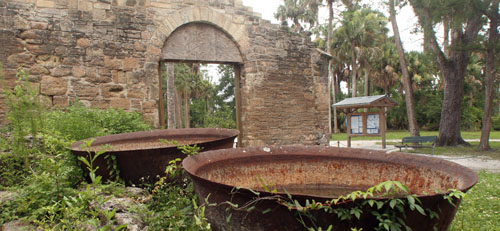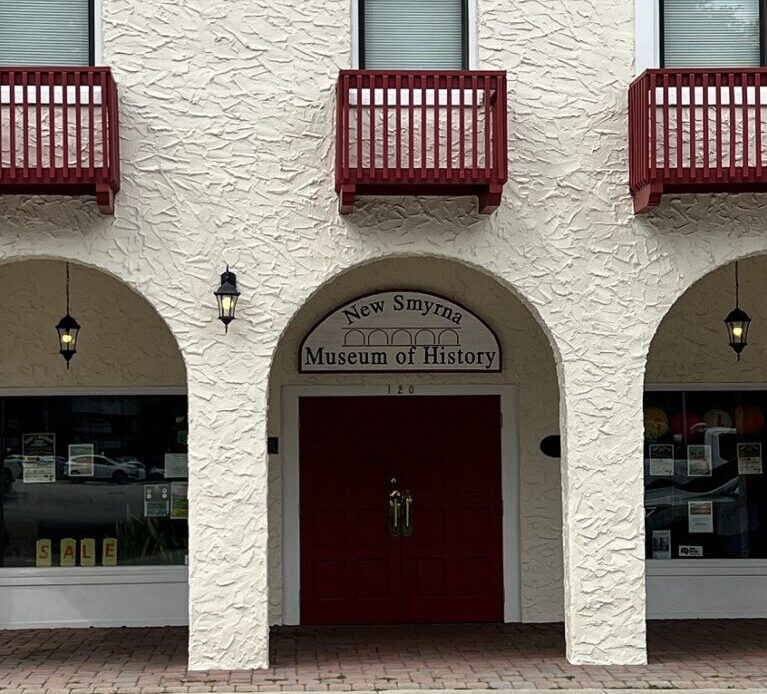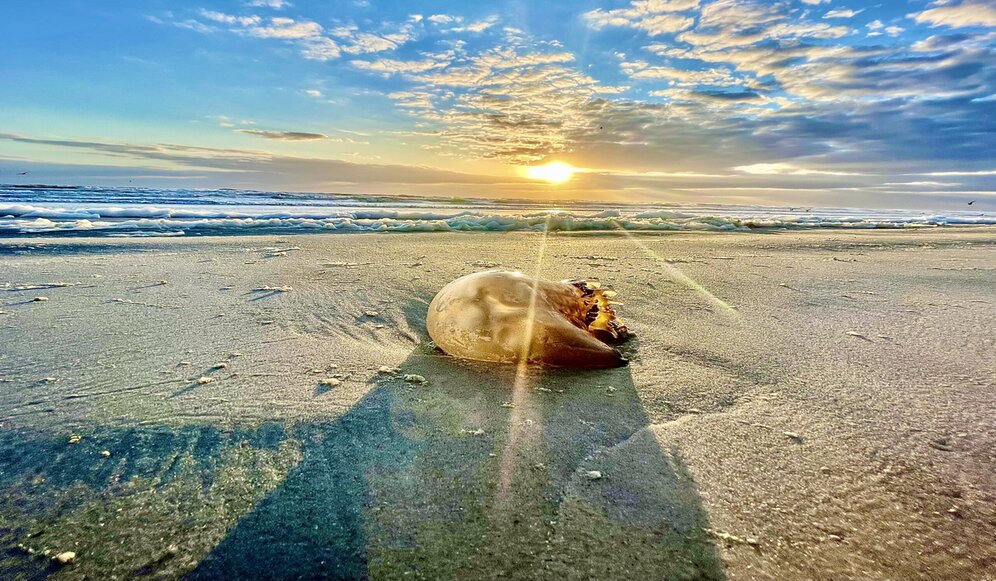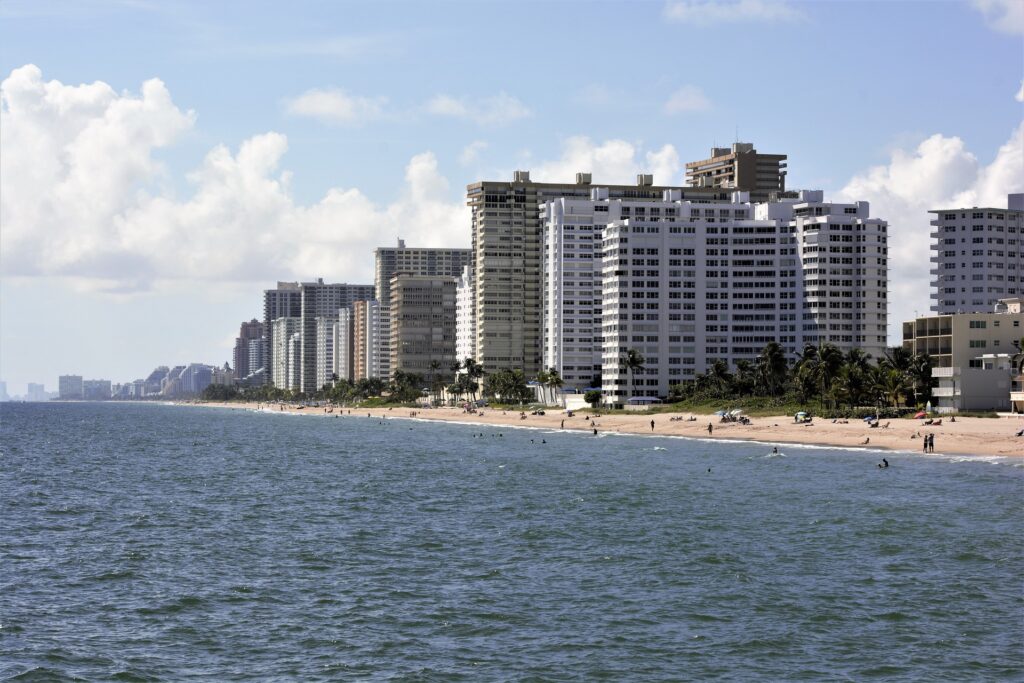History of New Smyrna Beach
New Smyrna Beach is a city with an impressive history located in Volusia County, Florida, United States. It is located on the central east coast of Florida, and is a popular tourist destination known for its beautiful beaches and recreational opportunities.
The area now known as New Smyrna Beach has a long and storied history dating back to the early 18th century. The first known human inhabitants of the area were the Timucuan Indians, who lived in the region for thousands of years before the arrival of Europeans.
The Timucuan Indians were hunter-gatherers who lived in small villages and relied on the abundant natural resources of the region for their livelihood. They were skilled farmers and fishermen, and also hunted a variety of game animals. They had a complex social and political structure, with a central chief who was supported by a council of elders. They also had a rich cultural tradition, with a complex system of beliefs, rituals, and artistic expressions.
The Timucuan Indians were one of the first Native American tribes to encounter Europeans when they arrived in the New World. The Timucuans initially welcomed the Europeans, but as the number of settlers in the region increased, conflicts arose between the two groups. Many Timucuan Indians were forced to leave their lands and move to other parts of Florida, and the tribe eventually became extinct. However, their legacy lives on in the names of places and landmarks throughout the region, such as the Timucuan Preserve in Jacksonville, Florida.

In the early 18th century, the New Smyrna Beach area was settled by Europeans, led by Dr. Andrew Turnbull, a Scottish physician and philanthropist. Turnbull was born in Scotland in the late 17th century, and trained as a physician. He became interested in the idea of establishing a colony in Florida as a way to provide a better life for European immigrants and to grow crops like indigo and cotton.
In 1768, Turnbull led a group of approximately 1,400 immigrants to Florida, and established a colony on the banks of the Mosquito Lagoon, which he named New Smyrna after his wife’s hometown in Scotland. The colony was one of the largest and most successful agricultural ventures in Florida at the time, and it quickly became a hub of trade and commerce in the region.
The colony was established as a place for European settlers to grow indigo, cotton, and other crops, and it quickly became one of the largest and most successful agricultural ventures in Florida. However, the colony was beset by numerous problems, including conflicts with the local Indians, outbreaks of disease, and attacks by pirates. Despite these challenges, the colony managed to survive for several decades, and even thrived for a time.
In the late 18th and early 19th centuries, the area began to develop as a popular tourist destination, as more and more people discovered the beauty of the region’s beaches and waterways. In the late 19th and early 20th centuries, the city continued to grow and develop, with the construction of new hotels, restaurants, and other businesses catering to tourists.

One of the most significant events in the history of New Smyrna Beach was the construction of the Florida East Coast Railway in the late 19th century. This railroad connected the city to the rest of Florida and beyond, and helped to stimulate economic growth and development in the region. The railroad brought a flood of tourists and new residents to the area, and helped to establish New Smyrna Beach as a popular and thriving community.
In the early 20th century, the city continued to grow and prosper, with the development of new neighborhoods and the expansion of the local economy. In the post-World War II era, New Smyrna Beach experienced a period of rapid growth, as more and more people discovered the city’s beautiful beaches and laid-back lifestyle. In the latter half of the 20th century, the city continued to evolve and change, with the construction of new homes, businesses, and recreational facilities.
Today, New Smyrna Beach is a thriving community with a rich history and a bright future. It is a popular destination for tourists and locals alike, offering a wide range of recreational activities and cultural attractions. Visitors to New Smyrna Beach have many options when it comes to visiting historically noteworthy sites.
Some of the most popular historical attractions in the area include:
Turnbull Ruins
The Turnbull Ruins are the remains of the New Smyrna colony founded by Dr. Andrew Turnbull in the 18th century. The ruins include the remains of several buildings, including a sugar mill and a tabby house, and are a popular destination for history buffs and those interested in early colonial life in Florida.
The Sugar Mill Ruins
Turtle Mound
The Turtle Mound National Historic Site is what is known as a “shell mound” or “kitchen midden” in anthropology. It provides information on the lifestyle of the Timucuan people who lived about 14,000 years ago and shows that they were skilled hunters and has other artifacts like pieces of pottery, etc.
The New Smyrna Museum of History
The New Smyrna Museum of History is a local museum that tells the story of the city’s history, from its founding as a colonial settlement in the 18th century to its modern-day status as a thriving tourist destination. The museum features a wide variety of exhibits and displays, including artifacts, photographs, and other historical items.
From its humble beginnings as a colonial settlement in the 18th century, to its modern-day status as a thriving tourist destination, the history of New Smyrna Beach is one of growth, change, and progress. It is a city that has evolved and adapted over time, and is poised to continue its growth and development in the 21st century while still remembering and paying tribute to the area’s impressive history.




